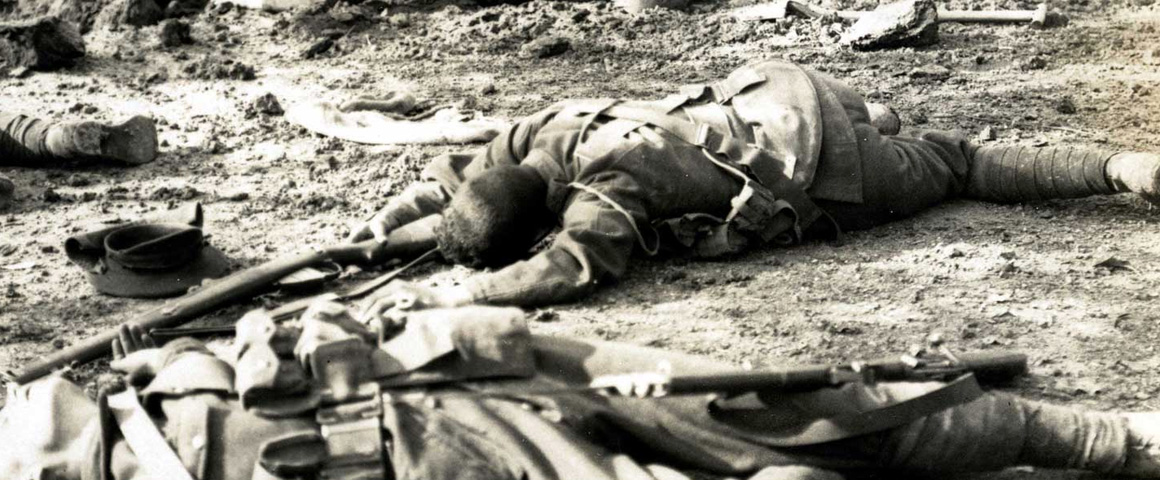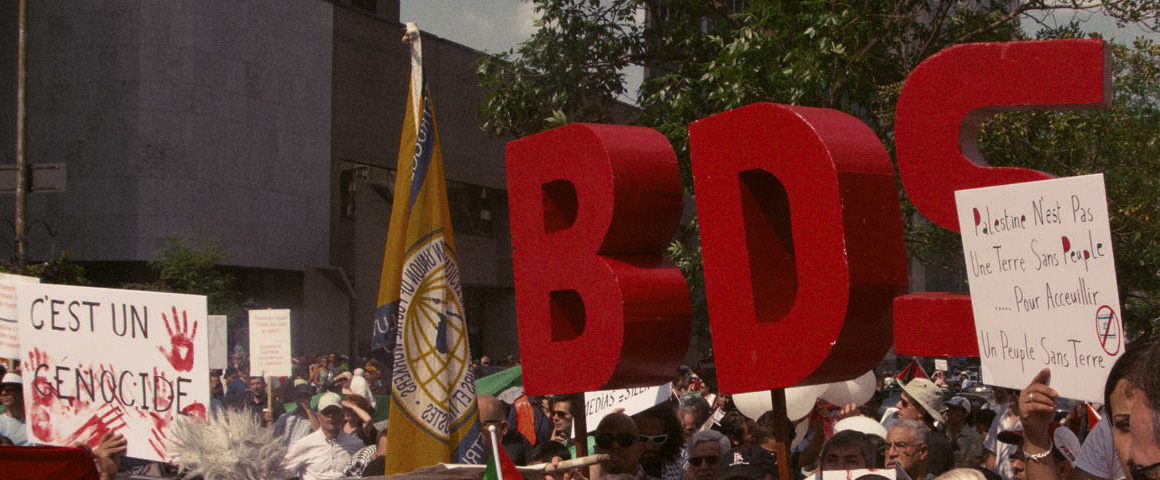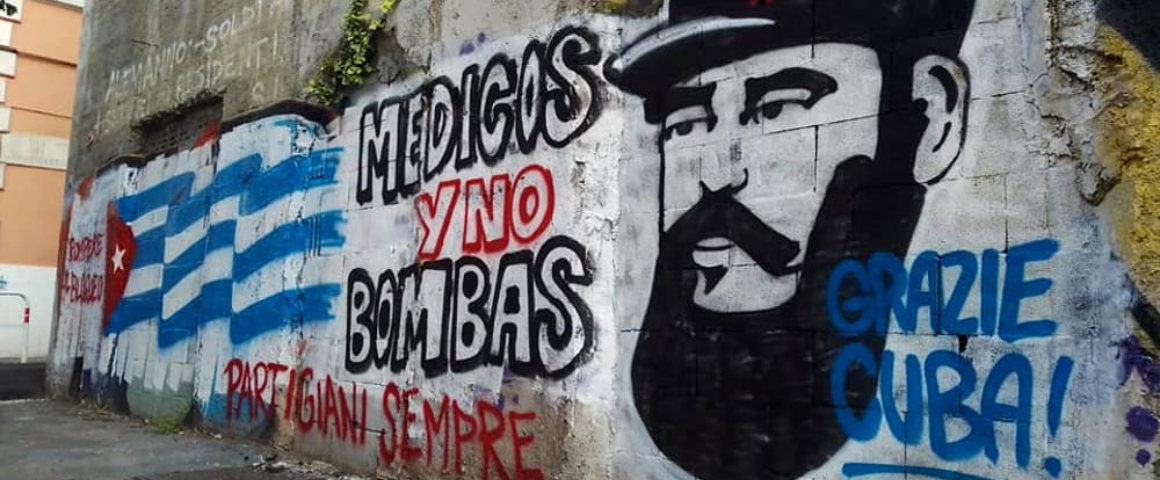The Vimy Trap: Or, How We learned to Stop Worrying and Love the Great War, Ian McKay and Jamie Swift, Toronto, Between the Lines, 2016. Review by Tony Quarrington.
This book is a very interesting read: well-written, deeply researched, mostly well-organized, and definitely impassioned. Its central thesis is that the pervasive ‘national myth’ or ‘folk memory’ of Canada’s supposed ‘coming of age’, (or perhaps even ‘achieving real nationhood’) at the 1917 victory on France’s Vimy Ridge is actually a fabrication of much later vintage, cynically utilized by governments (particularly, that of Stephen Harper) to re-imagine and rebrand Canada as a militaristic ‘Warrior Nation’ (which is, in fact, the title and gist of these authors’ previous collaboration, published in 2012).
The present book is somewhat short on information regarding the actual battle; although it references many related events pre-1900, right up through 2015, it does not really consider Vimy Ridge proper in any detail until around its 200-page mark. It does talk about Second Ypres, current history textbooks, Mackenzie King, Walter Allward (the architect and sculptor of the Vimy Memorial), Arthur Currie, the Ottawa War Museum, Don Cherry, and much else besides.
The authors see the syndrome of ‘Vimyism’ (or what Pierre Berton called ‘Vimy Fever’) as a ‘highly dubious, mythologized narrative’ that leads to an unsettling, obsessive fascination with war. In their view, no war could ever truly be ‘Great’: they are all dismal, terrible, and brutalizing, to be avoided at any cost. Many people (including myself!) would agree. However, if your viewpoint is pacifist, you will probably write an unsympathetic brand of military history, somewhat as if a vegetarian were to write a book about meat. The Vimy Trap is really extended cultural analysis of a military event, rather than a more straightforward military history.
The authors minimize the importance of Vimy as a battle, seeing it as neither a turning point, nor a strategic breakthrough. They assert that full-blown ‘Vimyism’ was largely a political creation of the 1980s and 90s. They (correctly) point out that most non-Canadian historians do not even acknowledge that there was such a battle, it being seen as merely one phase of the larger Battle of Arras, an extended, multi-national, effort. On the German side, it has even been asserted that Vimy was in fact a German victory, or at the worst a draw, or at any rate, an insignificant loss.
Despite the nay-saying here, I believe something big did happen at Vimy Ridge. In that war where battles usually meant gains or losses of only a few yards, to force the enemy into a two-mile retreat from a long-held, strategic promontory was, simply, a huge thing. And while the resultant sense of pride and developing nationalism may have found its fullest expression in later years, the fighting men certainly knew at the time that something momentous and formative was up.
McKay and Swift quote the words of soldier and journalist Greg Clark, who asserted “[I felt my] first full sense of nationhood [on Vimy Ridge]”, but they point out that he waited fifty years, till 1967, to say so. However, he did write to his father, on April 6, 1917, that he was about to ‘take part in the greatest battle in Canadian history, and perhaps in the history of the world’.
Lt. Edward Sewell wrote in his diary, after the first day of conflict, ‘Canadian soldiers this day did more to give Canada a real standing among nations of the world, than any previous single act in [our] history.’ P.W. McClure, writing on April 13, said ‘It will be one of the biggest things in Canadian history’. A Major Dibblee wrote in his journal of his sense of ‘undying glory’.
Even the New York Times weighed in, asserting that ‘[Vimy] would be in Canada’s history… a day of glory to furnish inspiration to her sons, for generations’. These contemporary estimates somewhat belie the ‘Vimy Trap’s central assertions that the battle did not amount to very much, and was not perceived as important or iconic till much later.
Now, it happens that military historian Tim Cook (Shock Troops, etc.) has quite recently brought out his own book on the same topic, Vimy – The Battle and the Legend (2017), containing a true wealth of detail on the conflict, and using a number of first-hand accounts. Cook wisely sums up – ‘Vimy, like all legends, is a layered skein of stories, myths, wishful thinking, and conflicting narratives’. He cautions further that ‘Canada is a country- like most- that places little stock in its history, teaching it badly, embracing it little, feeding it only episodically’ (6). For the actual sequence of events of the battle, and a measured consideration of their later significance, this book is well worth consulting. And Pierre Berton’s Vimy (1986) is still a compelling yarn. Ted Barris’s more recent “Victory at Vimy” (2007) brings in a lot of new material, and Hayes et al., “Vimy Ridge: A Canadian Reassessment”, is a good collection of essays on some of the very contentious historical issues that Vimy Trap raises. And finally, it bears saying, one of the best features of McKay’s and Swift’s book is the excellent (and lengthy) bibliographical essay ‘Reading Further’, 24 pages of very helpful analysis.
The authors’ chief point, that we should not allow politicians to co-opt the legends and imagery of the Great War to further their militaristic purposes, and to drain our national budget, is well-taken. But we should also not allow our modernism and/or cynicism to devalue the sacrifices that were made in that war, or minimize the extreme bravery that was demonstrated.




